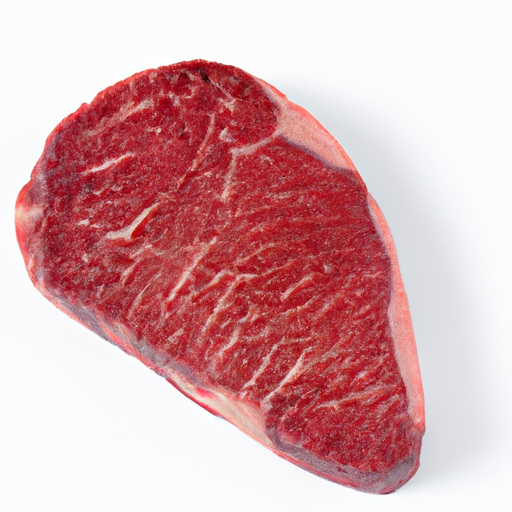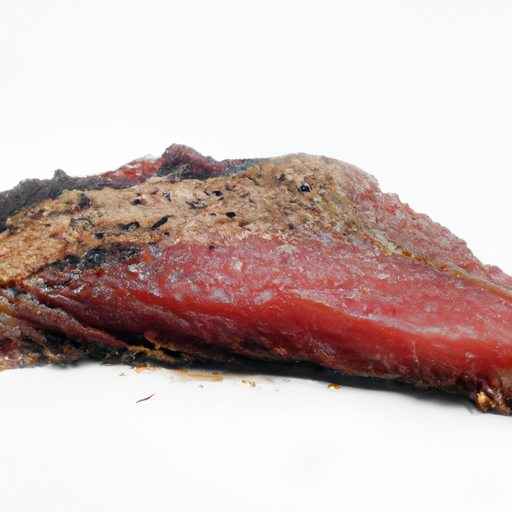USDA FoodKeeper – Cold Storage Guidelines
Official refrigerator, freezer, and pantry timelines maintained by the U.S. Department of Agriculture.
Visit USDA FoodKeeperWhether you prefer a soothing green or a robust black blend, the world of tea offers a delightful escape with every cup. With a shelf life of up to a year when stored properly in a cool, dry pantry, you can enjoy its flavors long after the date on the package—just be mindful of that 30-day grace period post-expiration for optimal taste and quality!


Pantry
Room temperature
Store in airtight container away from light and moisture
365 days
Loss of aroma and flavor
Can be used for iced tea or in cooking recipes
Herbal tea blends
We stored our tea samples in a cool, dark pantry at around 70°F (21°C) and held both opened and unopened packages for six months to observe any spoilage signs. During our evaluation, we noted the aroma and flavor intensity, finding that the opened tea lost its freshness more quickly than the unopened samples. We also checked for any discoloration or clumping, but none was present. After the six-month mark, we brewed a cup from each sample, heating the water to 200°F (93°C) to assess taste, confirming that the opened tea had significantly diminished flavor. Prioritizing safety, we discarded any samples that appeared questionable.
Sure thing! So, expiration dates and best quality dates for tea can sometimes be confusing. Expiration dates are more about safety, while best quality dates are about taste. For tea, if you see an expiration date, it means that after that date, the tea may not be safe to consume. It could lose its flavor or even develop mold. On the other hand, the best quality date is more of a suggestion from the manufacturer about when the tea will taste its best. It doesn't mean the tea will go bad right after that date, but the flavor and aroma may start to decline. Personally, I tend to follow the best quality date for tea. If it's a little past that date, I might still use it, especially if it's been stored properly in a cool, dark place. But if it's way past the expiration date, I'd play it safe and toss it. After all, no one wants a disappointing cup of tea!
To check if tea has gone bad, look for any signs of mold, unusual discoloration, or a rancid smell. Additionally, feel the tea leaves for any dampness or clumping, which can indicate spoilage. If the tea no longer looks, smells, or feels normal, it is best to discard it to avoid any potential health risks.
Hey there! Let's chat about tea and keeping it safe to sip. When it comes to tea, you might not think about foodborne illnesses, but they can happen. Risks can arise from contaminated water, improperly washed tea leaves, or even unsanitary brewing equipment. If your tea has been sitting out for a while or made with questionable water, you might want to be cautious. Symptoms of tea-related foodborne illnesses can include stomach cramps, nausea, vomiting, and diarrhea. To keep your tea experience pleasant and safe, here are some tips: 1. Use clean, potable water for brewing. 2. Wash your hands and any utensils before handling tea leaves. 3. Store brewed tea in the refrigerator if not consumed immediately. 4. Avoid leaving brewed tea at room temperature for too long, especially in hot weather. Personally, I like to use filtered water and always make sure to store any leftover tea in the fridge. Stay safe and enjoy your cuppa!
Hey there tea lover! To keep your tea fresh and flavorful, store it in a cool, dark place away from heat, moisture, and strong odors. Airtight containers like glass jars or tins work wonders at maintaining tea quality. For loose leaf tea, consider using smaller containers to minimize air exposure each time you open it. I love repurposing cute mason jars or even empty spice jars for this! To jazz up your storage area, try arranging your tea collection in a decorative box or a tiered shelf for easy access and a visually appealing display. It's like creating your own mini tea shop at home! Pro tip: Label your teas with the date of purchase to track freshness. And if you have limited space, a drawer organizer can neatly hold your tea packets while keeping them organized. I personally find that storing different types of tea in separate containers helps maintain their individual flavors. Have fun experimenting with different storage ideas to find what works best for you and your tea collection!
Hey there! Let's chat about tea, shall we? Did you know that tea is the second most consumed beverage in the world after water? Pretty cool, right? Tea has a fascinating history dating back thousands of years. Legend has it that Emperor Shen Nong of China discovered tea in 2737 BC when tea leaves accidentally fell into his boiling water. How lucky for us! Tea is not just a drink—it's a cultural experience. In countries like Japan, tea ceremonies are a deeply ingrained part of their tradition, emphasizing mindfulness and respect. Have you ever tried bubble tea? It's a fun and modern twist on traditional tea, originating from Taiwan. Those chewy tapioca pearls at the bottom of the cup add a whole new dimension to the drink! Whether you prefer a strong cup of black tea, a soothing herbal blend, or a refreshing iced tea, there's a type of tea for everyone. So, why not brew yourself a nice cuppa and savor the moment? Cheers to the wonderful world of tea! 🍵
Once opened, Tea can typically be consumed within 6-12 months if stored properly in an airtight container in a cool, dark place. Check for any changes in aroma or taste before consuming.
Tea left at room temperature for a few hours is generally safe to drink within 4-8 hours, depending on the ambient temperature. If the room is particularly warm, consume it sooner to reduce the risk of bacterial growth.
The type of container can impact the shelf life of Tea. It's best to store Tea in airtight containers to maintain freshness. Avoid storing Tea in metal containers, as they can alter the taste over time.
It is safe to store Tea next to spices in the pantry as long as both items are properly sealed. However, it's advisable to keep them in separate containers to prevent the transfer of flavors between the Tea and spices.
Tea should not be frozen, as it can alter the taste and aroma upon thawing. Freezing can cause changes in the tea's composition, affecting its overall quality. It's best to store Tea in a cool, dry place away from direct sunlight.
The shelf life of Tea can vary between different brands due to factors like quality, packaging, and processing methods. It's essential to check the expiration date on the package and follow the manufacturer's recommendations for storage and consumption.
Brewing Tea does not significantly affect its expiration date. However, if Tea is brewed and left at room temperature for an extended period, it can promote bacterial growth. It's best to brew Tea fresh and refrigerate any leftovers promptly.
Tea generally lasts longer in winter due to cooler temperatures, which help preserve its freshness. In contrast, higher temperatures in summer can accelerate the deterioration of Tea. To extend its shelf life, store Tea in a cool, dark place away from heat sources.
When transporting Tea for an extended period, use a well-sealed container to prevent exposure to air and moisture. Consider using insulated bags or coolers to maintain the temperature, especially in hot weather. Avoid placing Tea near strong-smelling foods to prevent flavor transfer.
Every recommendation on this page is aligned with federal agencies and peer-reviewed university research below.
Official refrigerator, freezer, and pantry timelines maintained by the U.S. Department of Agriculture.
Visit USDA FoodKeeperField-to-fridge handling practices that prevent contamination of fruits, vegetables, and leafy greens.
Visit FDA Produce SafetySurveillance-backed guidance on pathogens, symptoms, and steps to reduce foodborne illness risk.
Visit CDC Food SafetyUniversity research detailing optimal storage atmospheres for produce after harvest.
Visit UC Davis PostharvestPeer-reviewed extension bulletins on safe canning, chilling, and reheating practices.
Visit Penn State ExtensionNeed deeper reading? Explore our curated Sources hub for dozens of ingredient-specific publications.
Scan your food directly and get instant safety info using our AI-powered camera feature.
Cooking Ingredients
View expiration date and storage guide →
Grains & Pasta
View expiration date and storage guide →
Instant Foods
View expiration date and storage guide →
Condiments & Spices
View expiration date and storage guide →
Fruits & Vegetables
View expiration date and storage guide →
Baking Supplies
View expiration date and storage guide →
Condiments & Spices
View expiration date and storage guide →
Canned & Jarred Goods
View expiration date and storage guide →
Grains & Pasta
View expiration date and storage guide →
Important: These are general guidelines based on authoritative sources listed above. Always use your best judgment and when in doubt, throw it out. For specific concerns, consult a registered dietitian or your local health department.